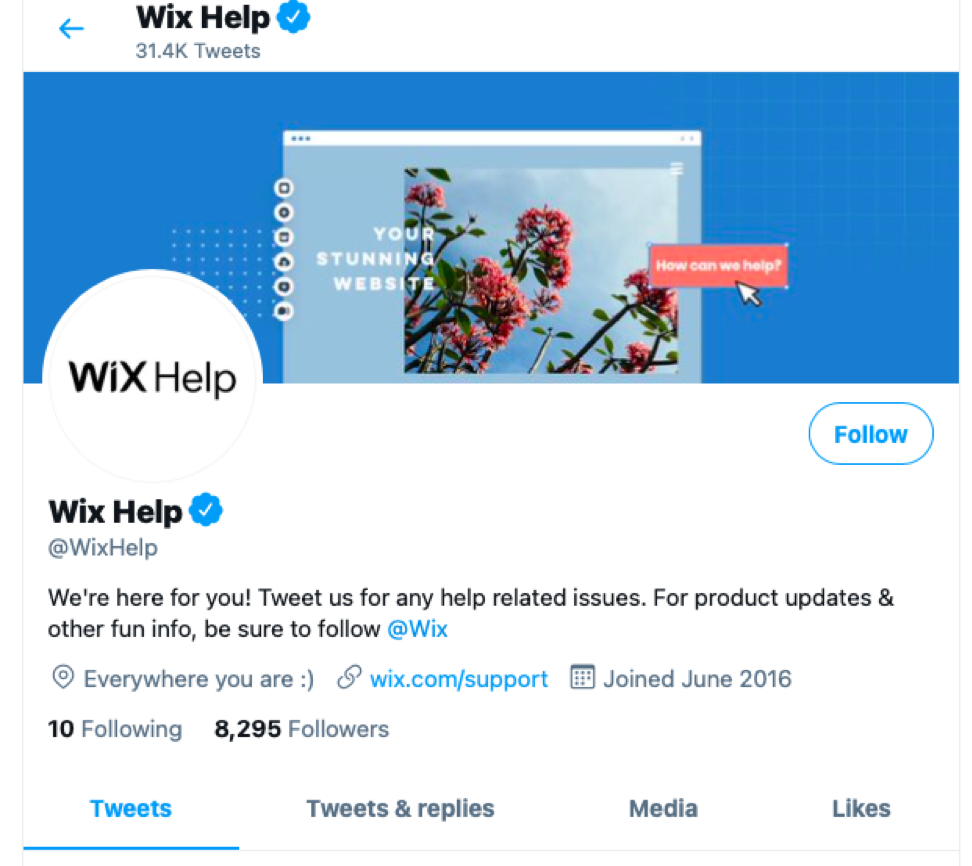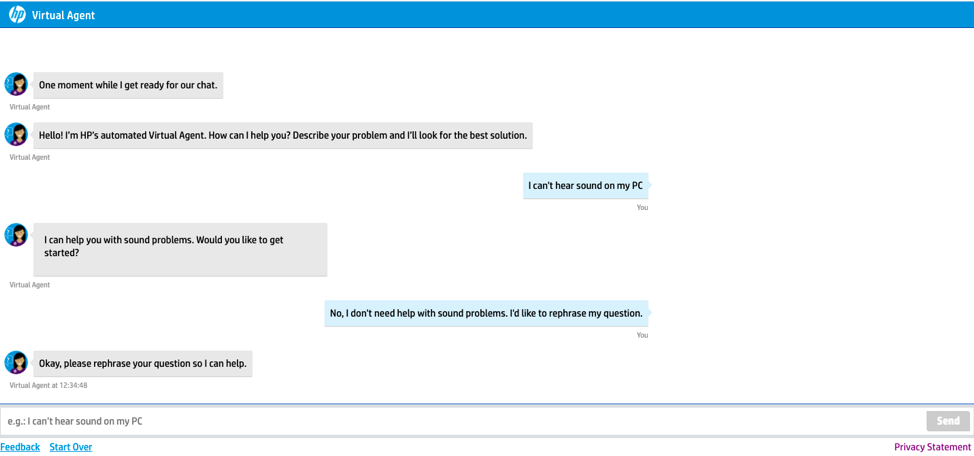According to HubSpot Research, 93% of customers are likely to make repeat purchases with companies offering excellent customer service. Additionally, happy customers are likely to share their positive experiences and refer about 11 people, acting as the perfect mouthpieces for your brand. On the other hand, poor customer service can cost you heavily. American companies lose over $62 billion annually, owing to poor customer service.
Inarguably, excellent service makes great brands. Offer your customers outstanding customer service, and they will stick to you for a lifetime, buy more, and refer your brand to family and friends. But how does it all work? Let’s find out.
Customer Service, User Retention, Loyalty, and Growth
Wonder why we grouped these terms in the headline – because they are linked intrinsically. Many businesses spend a significant portion of their budgets acquiring new customers while keeping existing customers happy takes a back seat. For instance, a company might reach five new customers in a month, but if existing users are churning, it will only lead to a leaking bucket, which is not conducive to growth.
Of course, we don’t mean to say that you put a halt to your customer acquisition strategies. However, focusing on customer retention is as important, if not more, to keep your business growing. Thankfully, there’s something you can do that will impact both these aspects positively – that is, offer stellar customer service to prospects and existing customers to boost conversions, retention, and brand loyalty.
Unfortunately, customer service is often perceived in terms of dealing with customer issues or complaints. But there are other ways of looking at customer service. For example, you can turn customer service interactions into opportunities for learning more about your customers and provide them with what they need in an efficient manner to create a feel-good factor. Here are some ways to use customer service to delight your customers, leading to better user experience, customer loyalty, and more sales eventually:
1. Make It Easy For Customers To Contact You
If you want customers to contact you, make it easier for them to get in touch with you. Display your phone number and email address on your site in a way that’s easy to find. Providing multiple support options is also a good idea so users can choose their preferred mode of connecting with your reps.
Another option is offering customer support on social media to resolve user queries expeditiously. Wix, a leading website builder platform, has created a dedicated Wix Help Twitter page for answering customer support questions.

Wix users can use this page to seek help and find tons of helpful information. If you plan to create something similar, don’t forget to add your customer service account to your main account, which is where most users will look first.
2. Enable Self-Service Options On Your Site
Time is money, and you can save lots of it by enabling self-service for customer support on your pages. With self-service, your customers no longer need to make a call or chat with an agent. Instead, they can find the support they need swiftly, throughout the day, by accessing the helpful material posted on your knowledge base.
Creating a knowledge base is more straightforward than it sounds. You can use a knowledge base software, and update frequently asked questions and how-to content to make it relevant for users. However, make sure that the content is organized and searchable to make it easier for users to find the information they need.
3. Use Live Chat For Instant Engagement
A few years ago, customers would have happily called your company’s customer service and waited patiently for an agent to provide them with the details they need. However, things have changed, and customers expect your company to provide an immediate response and quick resolution to their queries.
Research suggests that 82% of customers rate an immediate response (30 minutes or less) to be quite important when they have marketing or sales questions. The percentage goes up to 90% with support questions. Live chat helps you fulfill this expectation by providing real-time support to users, which can significantly improve the user experience.
According to Forrester’s research, users appreciate having real-time support at hand while making a purchase decision. That’s because they can get the information they need without having to navigate away from the product page or stop what they were doing. Live Chat is great for support, but it can be used innovatively to make the customer journey smoother. Estee Lauder, a renowned cosmetics brand, uses live chat to offer beauty advice to its discerning customers and make personalized suggestions.

The idea behind this service is helping customers find skincare products that are suited to their skin type and make-up requirements. The company also collects data for future targeting by asking users to enter their email id for using the chat.
4. Use Chatbots For 24/7 Service & Increased Personalization
Chatbots are fantastic, and they are here to stay. With chatbots, you can offer 24/7 customer service without hiring additional hands and reducing your costs in the process. Artificial Intelligence-based chatbots are quickly trained and continue learning with every interaction they have. Thus, they require little training to mimic an agent and can handle most of the repetitive queries thrown at your customer service reps, who can then focus on resolving more complex queries. You can also train chatbots to pass on the queries to live agents if a solution isn’t forthcoming.
Here’s an example of HP’s Virtual Agent that not only answers queries but also aims to fix product issues in real-time. HP’s Virtual Agent offers you guided chat to fix PC issues. It follows a decision-tree format to provide you with the right answers. For higher accuracy, it checks with you from time to time whether the conversation is on the right track or not, which minimizes frustration and improves the overall outcome.

The Wrap: Retain Users With Proactive Customer Service
The primary purpose of customer service is solving users' issues and providing them with the information they need in a timely manner. If you do this well, the results are guaranteed in the form of greater sales and revenue.
But what if you could completely avoid an issue in the first place?
By saving and analyzing past chats with customers, you can glean a lot of insights into user behavior and how they interact with your products or service to eliminate common issues. Thus, it is only prudent for business development to work closely with customer support teams to understand the user perspective better. Think about it – won’t you abandon a purchase if you encounter the same issue again and again? Your customers are likely to do the same. However, customer service can save the day by apprising you of recurring issues so they can be ironed out to improve user satisfaction and, thereby, retention.
